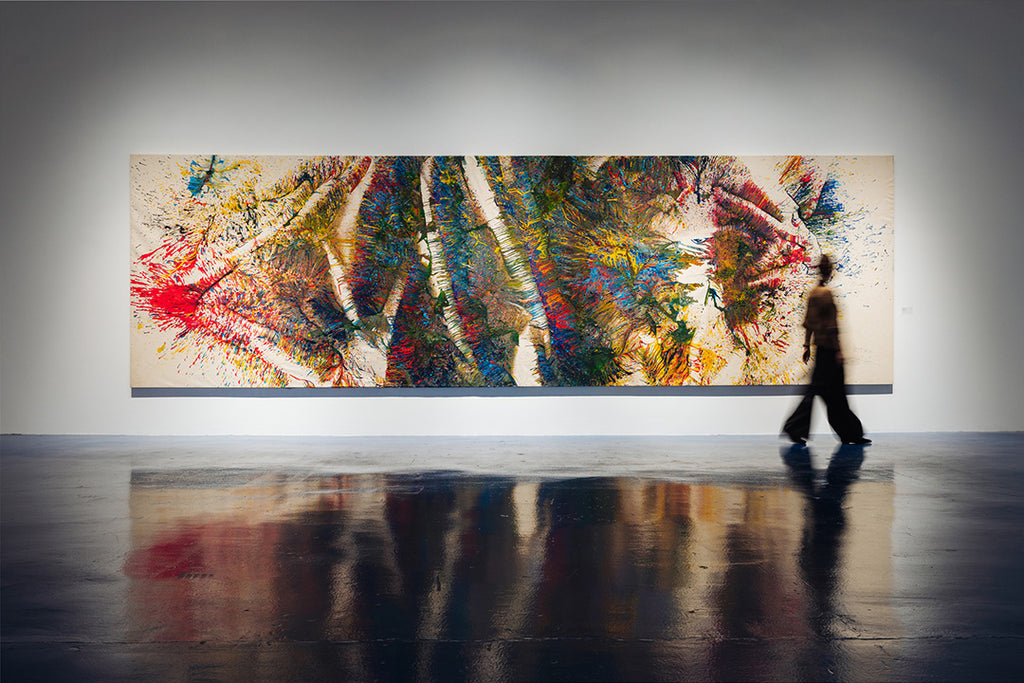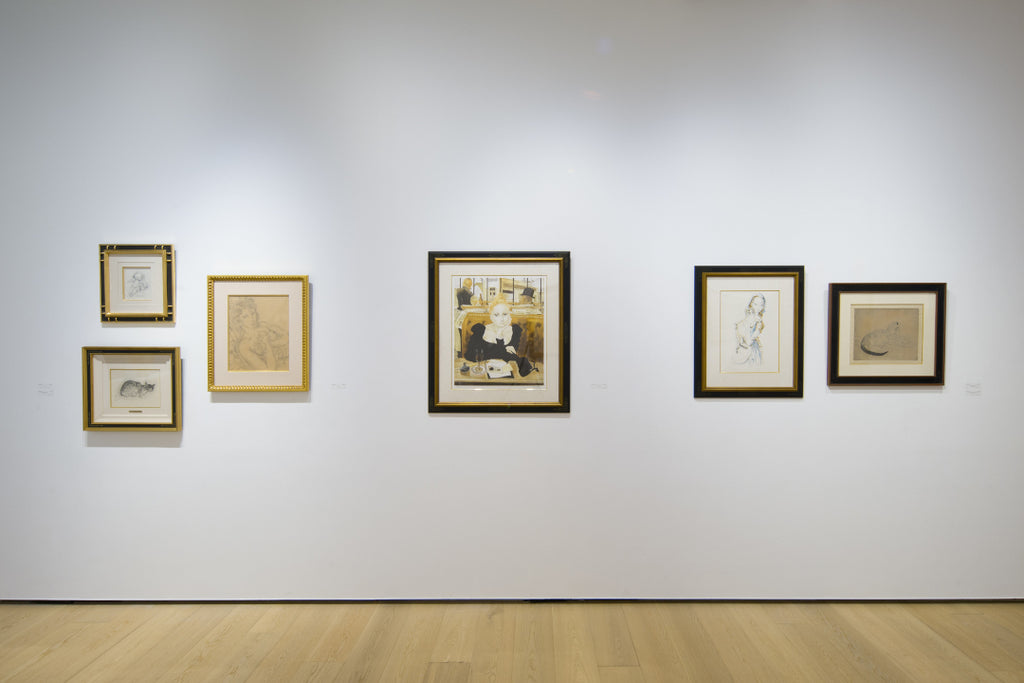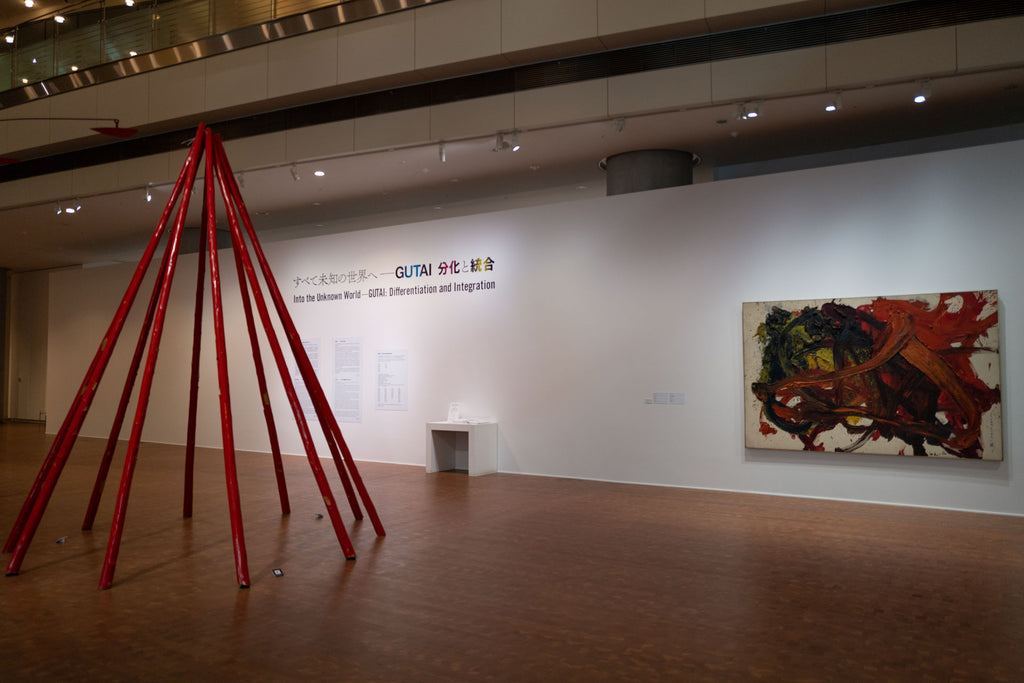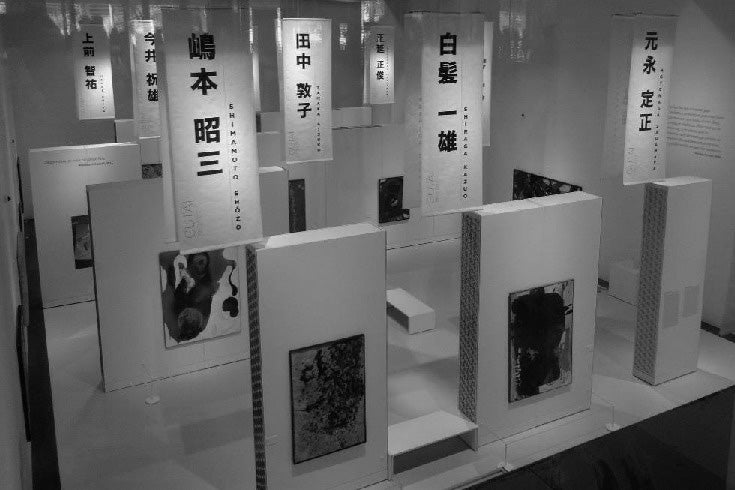ARTICLES
The Real Sadamasa Motonaga | A Self Deprecating Artist Who’s Genius and Curiosity Can be Attested Through His Works
GUTAI STILL ALIVE 2015 vol.1
29/35

Sadamasa Motonaga
A project evolving the digitized archive of the book, “GUTAI STILL ALIVE 2015 vol.1”. The 29th edition introduces Sadamasa Motonaga, a first-generation member of Gutai who became a children's picture book illustrator in his later years. Art historian Ichiro Mohri talks about Motonaga's innovative techniques, such as suspending vinyl tubes filled with colored water, applying the traditional Japanese painting technique called "tarashikomi", and using an airbrush to scatter acrylic paint.
The Real Image of Sadamasa Motonaga
Ichiro Mohri
Director, Mie Prefectural Art Museum
In the spring of 2013, the exhibition “Gutai: Splendid Playground” took place at Solomon R. Guggenheim Museum in New York. At that exhibition we first encountered with Sadamasa Motonaga’s “Work (Water),” installed in the huge wellhole of the museum.
Motonaga (1922-2011) was born in the castle town of Iga in inland Mie Prefecture. At the age of around 30, he moved to Kobe, where he would make Western-style representational paintings while taking on various jobs. As he encountered with abstract paintings at an exhibition held in the city of Ashiya, he shifted to abstraction. Then he got acquainted with Jiro Yoshihara and joined the Gutai group in 1955. Until leaving the group in 1971, he was a core member of Gutai.
Motonaga originally was a painter. But he also attempted to do sculpture, performance, picture books and writing. The “Work (Water),” which was exhibited in New York, shows especially well his characteristic in a form other than painting.
It was in the “Open-Air Modern Art Exhibition Challenging the Midsummer Sun,” held in 1955, that “Work (Water)” was first exhibited. Yoshihara had inspired Motonaga saying, “Create what no one has ever seen.” Because Motonaga was still poor, he looked for inexpensive materials and came up with the idea of hanging plastic bags containing colored water.
As he saw the work, Yoshihara praised it saying, “It’s the world’s first sculpture of water!” Thereafter Motonaga exhibited “Work (Water)” whenever he had an opportunity. After he weakened in his last years, his family members did the installation in accordance with Motonaga’s plan.
I first saw “Work (Water)” some 20 years ago. Since then, each time I saw this work, I was impressed by the timeless beauty created by the work’s exquisite composition of natural light, colored water and its shape, and the characteristics of the exhibition space.
Motonaga once took some private painting lessons but was never educated systematically at an art college. He was supported by his self-confidence. He used to say, “My style is the top style.”
Already in the days he lived in Iga, Motonaga joined music, dance and literature circles, besides painting. After he came to Kobe, he got acquainted with many literati. During his stay in New York from 1966 to the next year, he had close friendships with international artists and critics. It’s certain that, in addition to his innate talent, Motonaga’s sensibility and intelligence were cultivated by such broad society.
Motonaga had a unique sense of humor, optimism and a volunteering attitude. He sometimes styled himself comically an artist of “aho ha (a foolish school).” But we shouldn’t be misled by it. It meant that his style was to work obeying his own feeling, without putting emphasis on art theories or ideas. While describing himself as foolish, Motonaga spared no effort to improve and had a broad intellectual curiosity. In fact, he was a highly intellectual artist.
Between the late 1950s and the mid-’60s, Motonaga established a reputation as a painter by flowing paint on inclined canvas. We tend to think that in works made this way the paint wasn’t in the painter’s power because it only flowed in accordance with gravity. However, in the case of Motonaga it’s not true. Motonaga had a definite idea of the completed work, prior to flowing the paint. Depending on the qualities of the paint or the angle of the canvas, the work didn’t always come as imaged. It is said that in such cases Motonaga sometimes tried to flow the paint again. Even though the paint-flowing art might appear to be depending on chance, the painter actually controlled the whole process and did never compromise.
In the paint-flowing works, the “forms” made by color fields are significant. Motonaga’s painting is a type of painting of colors as well as forms. As he stayed in New York, Motonaga shifted to a humorous style using spray paint. Various colors and forms feature those humorous, funny paintings. Motonaga always had a sketch pad with him and made sketches of ideas as soon as he came up with some. His works were done based on such everyday efforts.
Motonaga was active multifariously for more than half a century. He practiced, on a very high level, the ideal of Gutai advocated by Yoshihara between the mid-’50s and the mid-’60s, for a long time even after the disbandment of the Gutai group.
(Mothly Gallery, October 2013)



